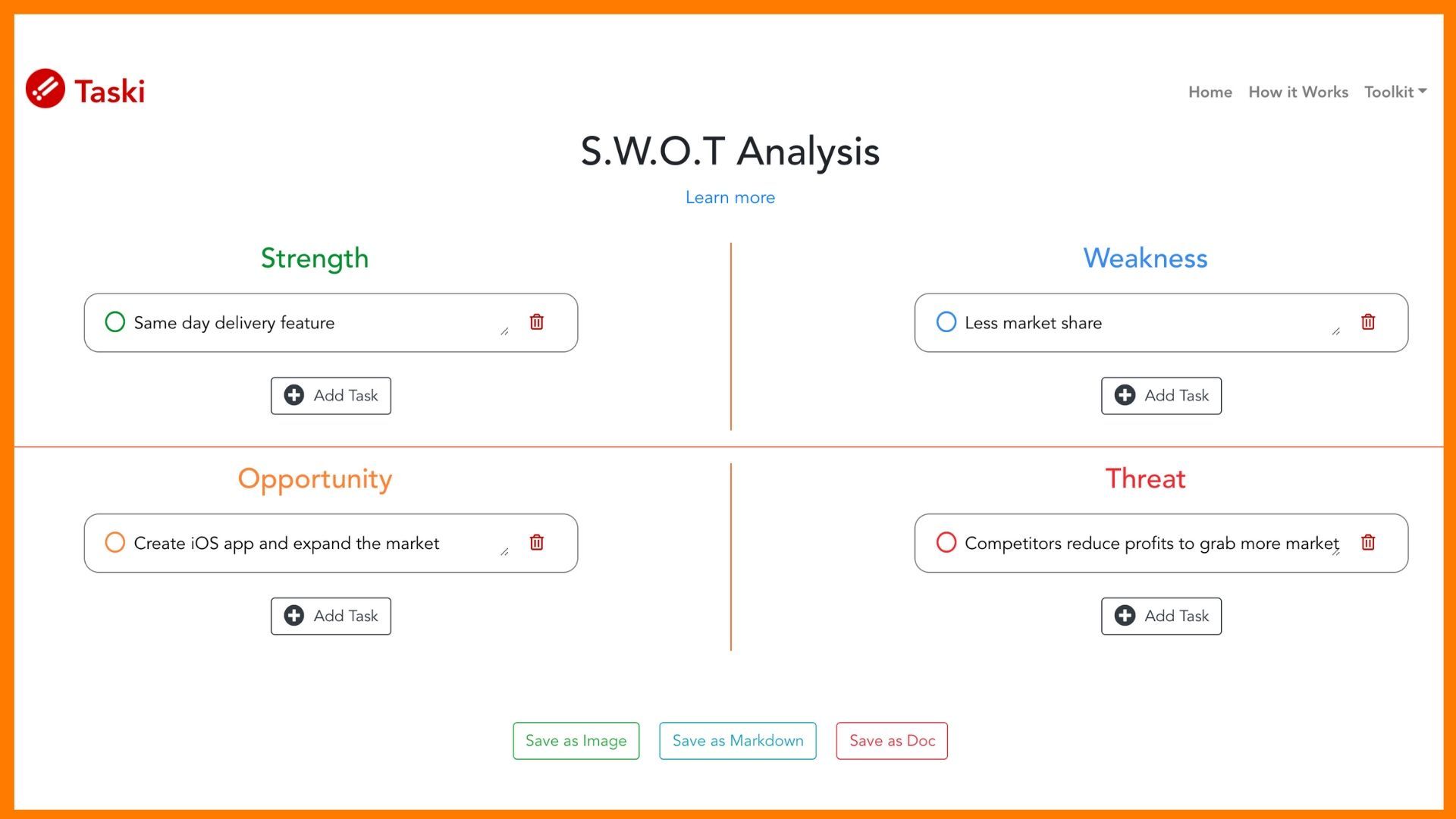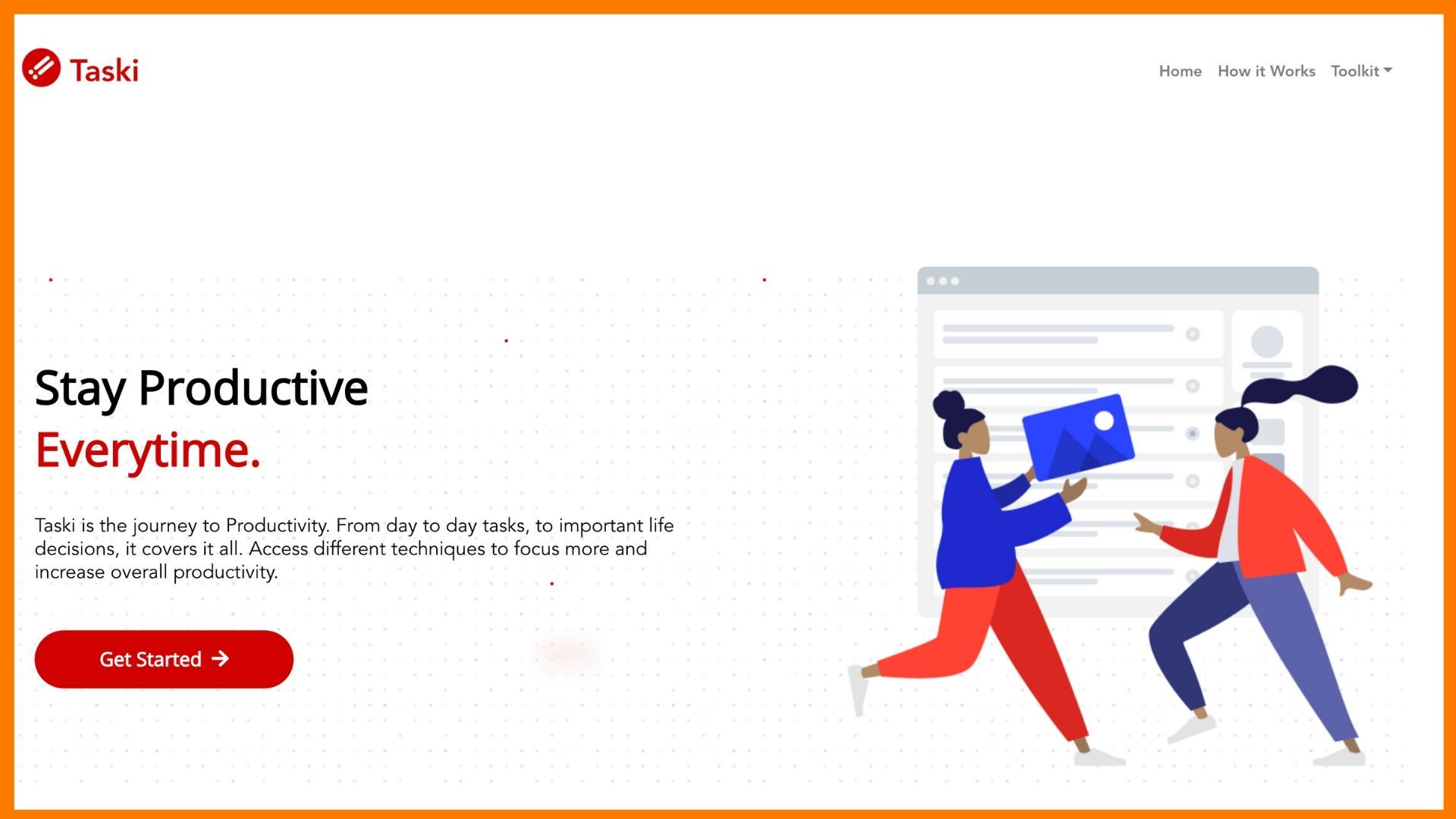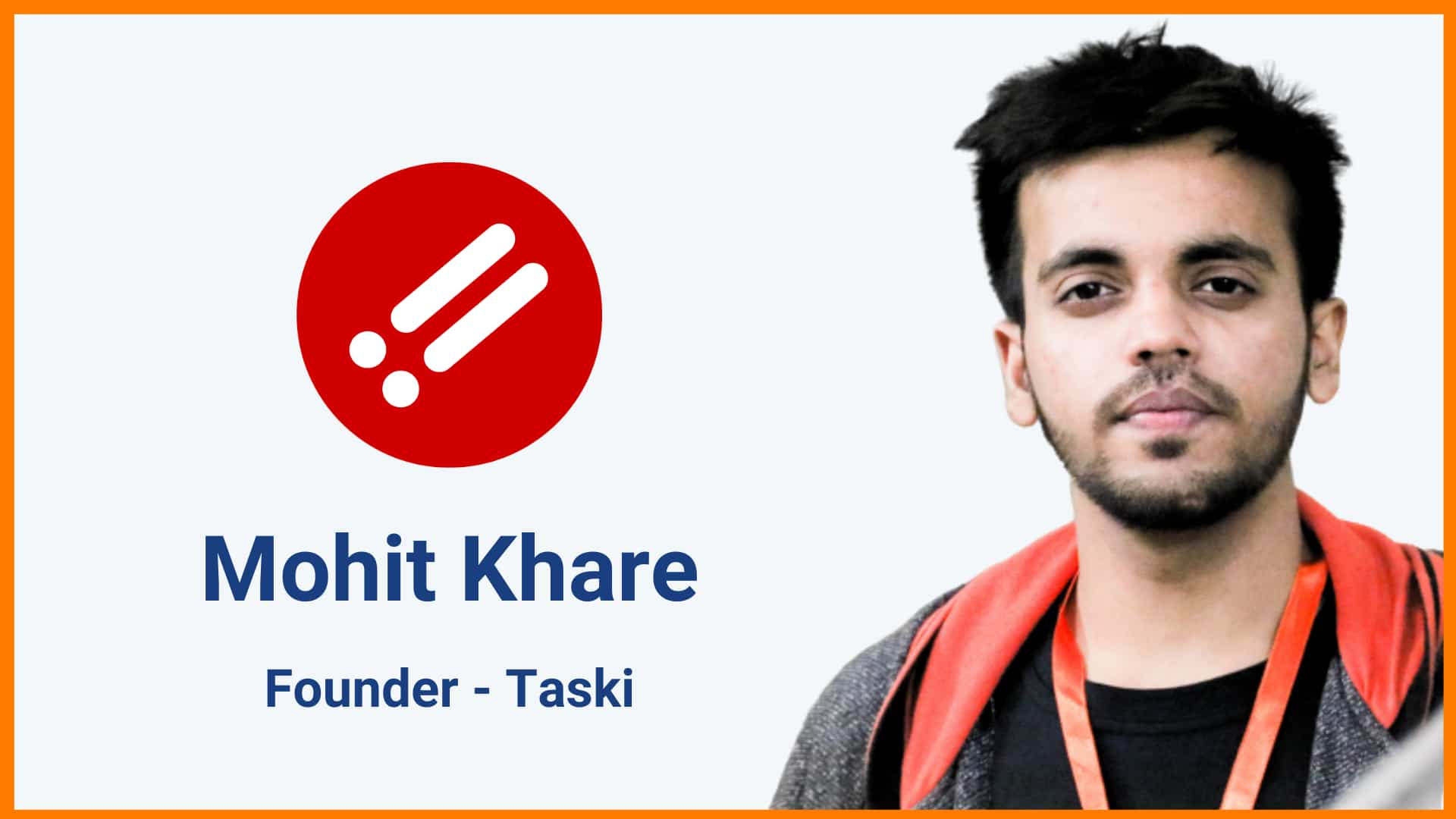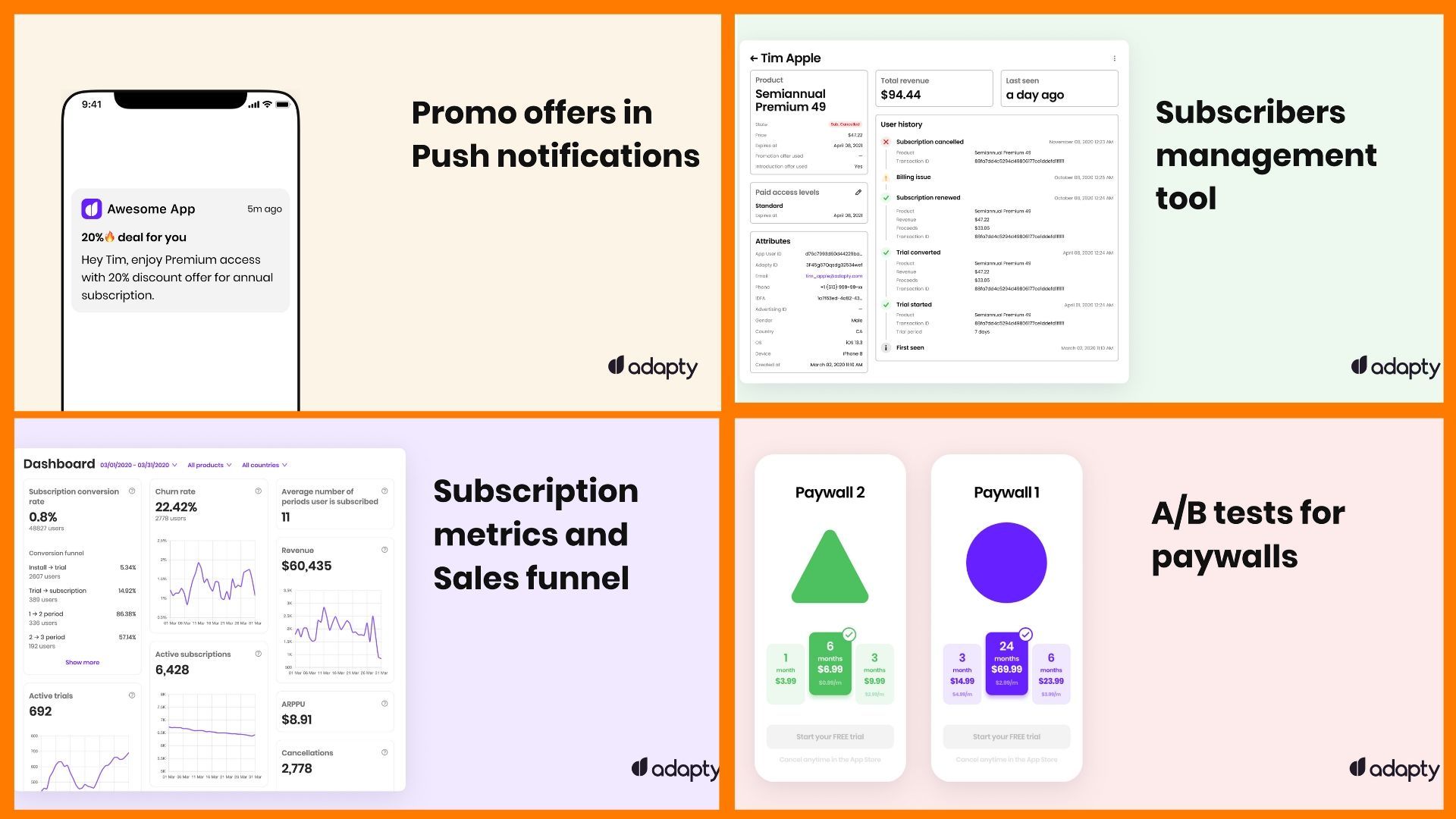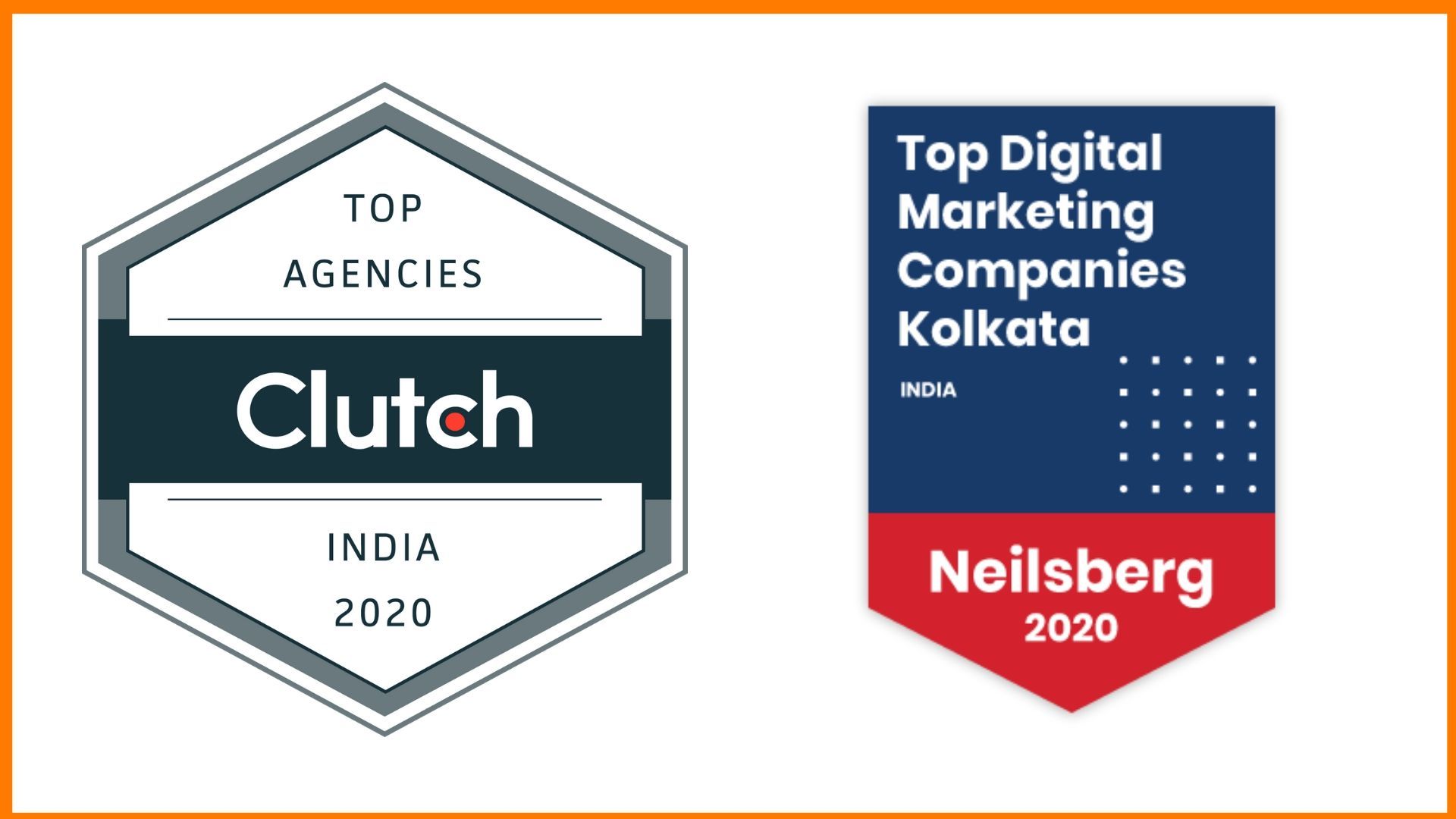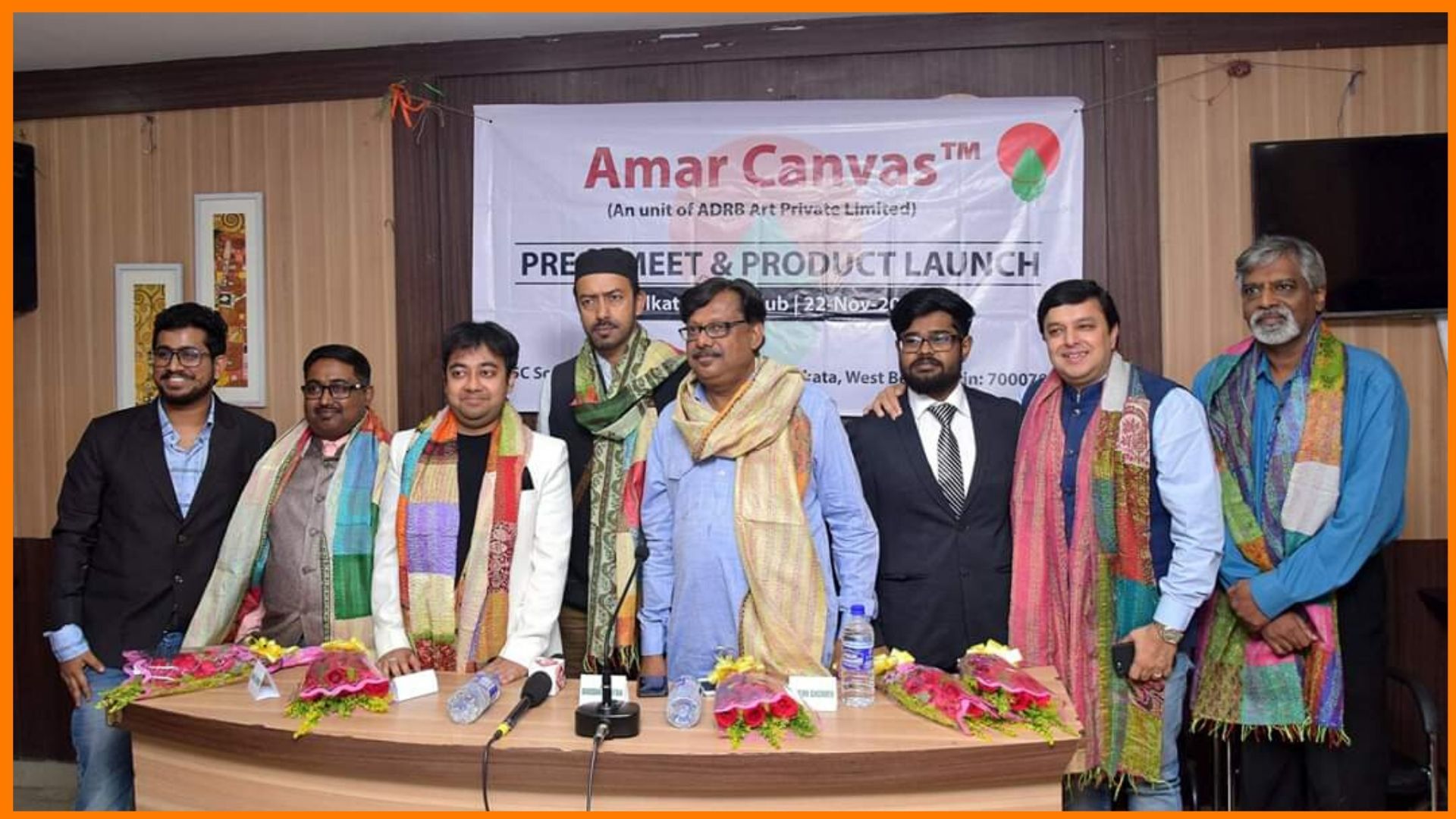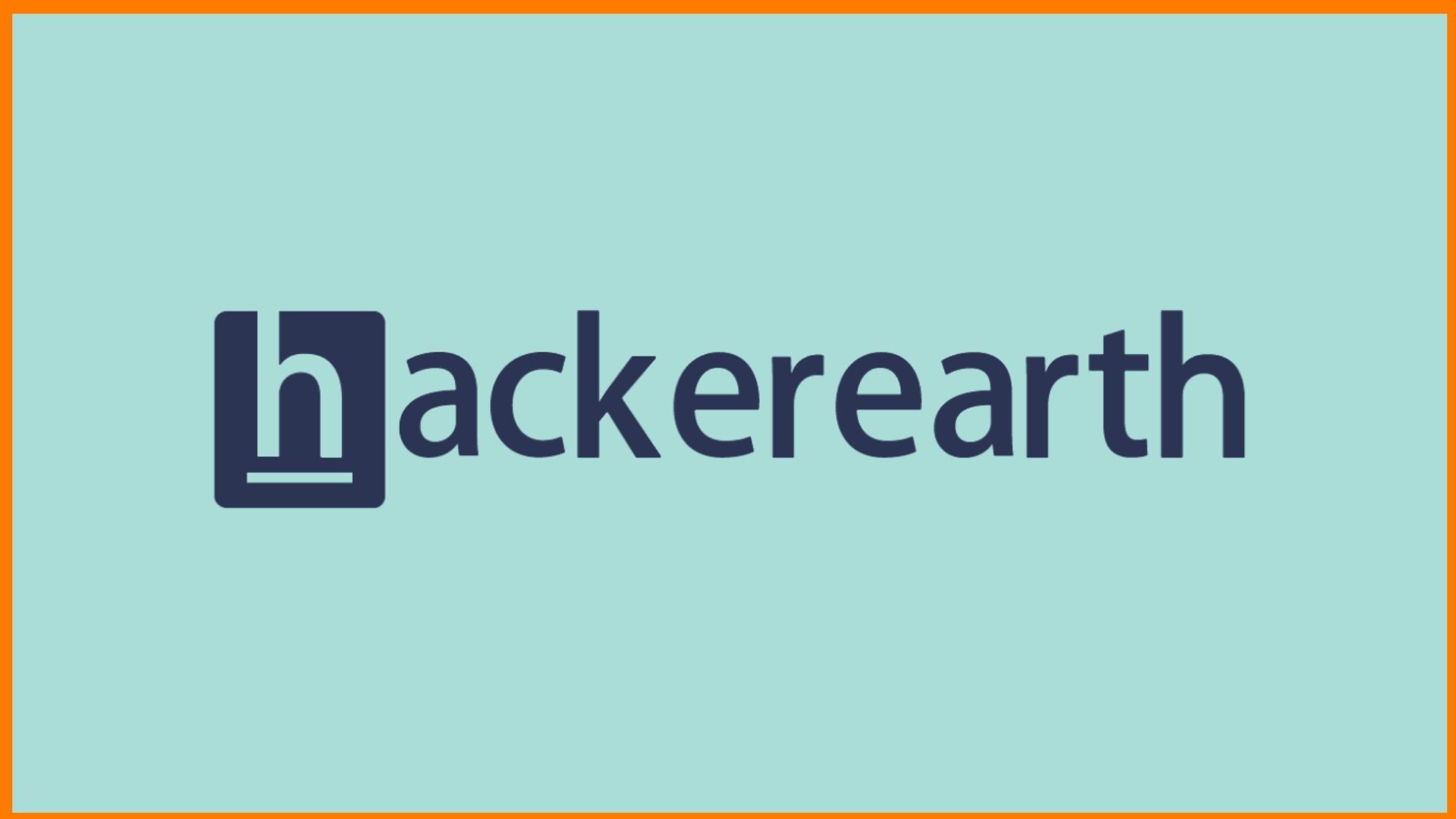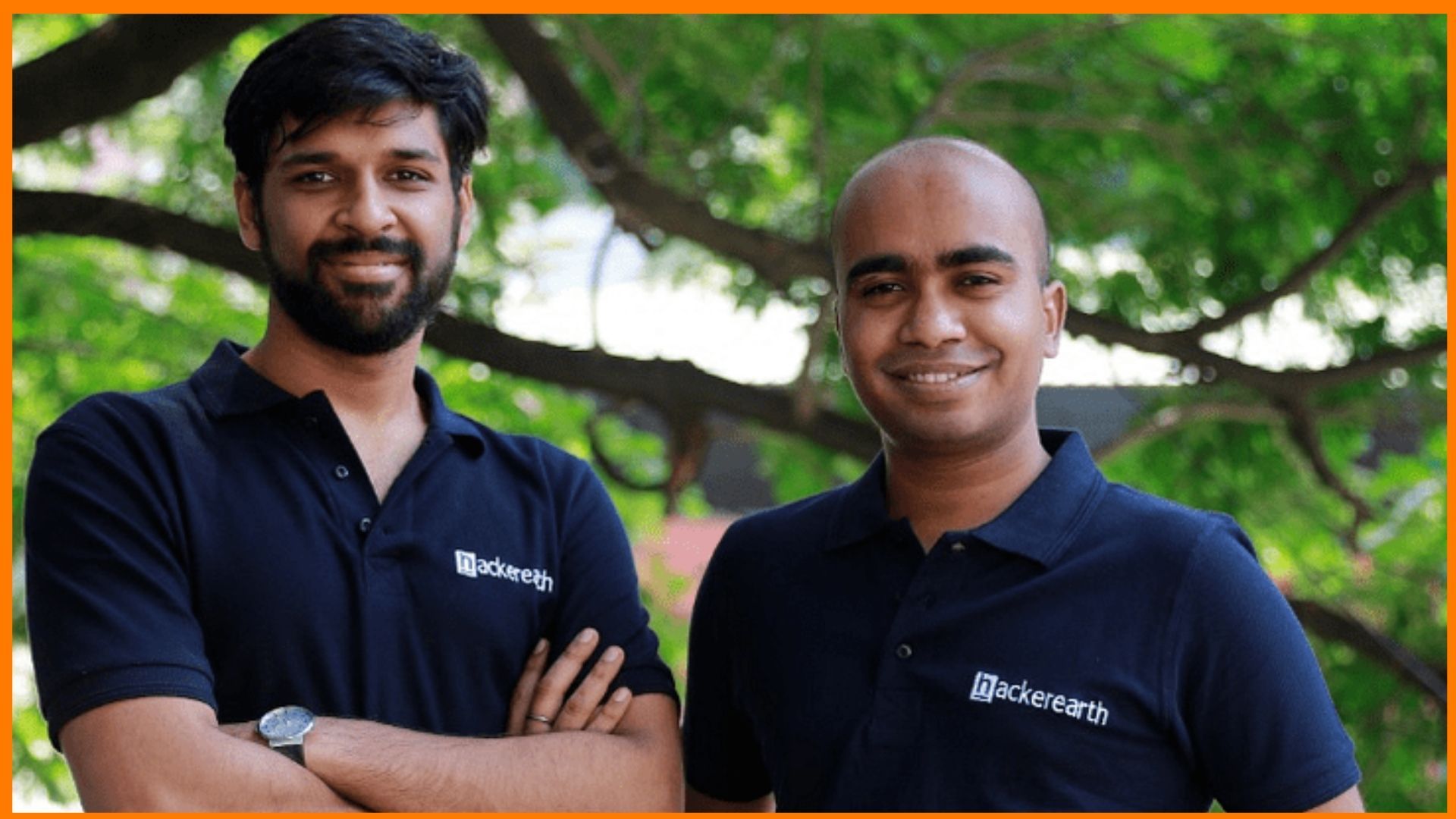Startups fail and the reasons are many. While everyone loves to hear about success stories, it’s the failures that teach a greater lesson. Bangalore based ‘Doodhwala’, a promising startup delivering fresh milk and groceries direct to doorstep, recently stopped operations and the news has concerned the startup community. However, the reason for the shut down is not known yet. As communicated by the founders of ‘Doodhwala’, ‘FreshToHome’—another Bangalore based startup delivering meat and sea food—will now serve the subscribers of ‘Doodhwala’ in Bangalore. While we are still figuring out what could be the reason behind the wind up, lets have a look at Doodhwala’s journey.
Doodhwala Highlights
| Startup Name | Doodhwala |
|---|---|
| Headquarter | Bangalore |
| Co-founders | Ebrahim Akbari & Aakash Agarwal |
| Sector | Ecommerce |
| Founded | 2015 |
| Parent organisation | Banger Tech Pvt. Ltd. |
| Website | www.doodhwala.com |
Doodhwala – About
Doodhwala – Founders and Team
Doodhwala – Starting up
Doodhwala – Name, Tagline and Logo
Doodhwala – App
Doodhwala – Business Model and How it works
Doodhwala – Funding and Investors
Doodhwala – Advisors and Mentors
Doodhwala – Startup Challenges
Doodhwala – Competitors
Doodhwala – Growth
FAQs
Doodhwala – About
Founded in 2015, Doodhwala was the first in Bangalore to bring fresh farm milk directly to customers. Besides Bangalore, Doodhwala operated in Hyderabad and Pune. The startup delivered milk, fresh dairy products, groceries, fruits, and other fresh daily essentials direct to home.
Doodhwala was launched with the vision to be the largest and most loved fresh milk & daily essentials delivery service across India, taking pride in excellent customer service and enhancing India’s disorganized milk delivery network, employee satisfaction, and return on investment.
Doodhwala – Founders and Team

Ebrahim Akbari and Aakash Agrawal founded Doodhwala in 2015.
EbrahimAkbari, is an engineer by training, a serial entrepreneur by profession, and a marketer by passion. Along with his co-founder, he scaled Doodhwala from a 5 member team to a 400 member company in just three years, making Doodhwala India’s largest subscription-based e-grocer. Ebrahim leads Doodhwala’s growth and geo expansion. He brings on board a unique perspective on business strategies combined with rich experience of effectively deploying business resources. A savvy negotiator with inherent entrepreneurial skills, he understands the entire supply chain industry and has co-founded a business model that has revolutionized the way people in India are buying milk and local dairies are selling milk.
Prior to establishing Doodhwala, Ebrahim Akbari was heading a 20-year-old family business of Industrial Field Supplies in Oman. As a Managing Partner, his focus was on scaling the business across and outside Oman along with looking for new growth areas and markets. Within a year of Akbari’s leadership, the company’s turnover increased by 30% and geo-expansion in Dubai proved to be a profitable move within the first year of operations.
Ebrahim, is a skilled theatre artist, an avid reader, and a gold medalist swimmer. A regular speaker at industry forums and platforms, Ebrahim recently spoke at the VCC Food and AgriSummit and The National Food Processing Conclave, in New Delhi.
Aakash Agrawal has a proven track record of successfully leading a company’s operations and sales. He previously co-started a steel fabrication company, UPPL, in 2010 in Odhisa where he drove operations and infrastructure implementation. Under his leadership, the firm within 5 years of successful operations clocked INR 20 crore of turnover, and won the ‘Vendor of The Year’. Post Aakash’s exit, UPPL is one of the very few board run SMEs in India catering to the heavy engineering industry.
Aakash spearheads the logistics and operations of Doodhwala. He possesses an entrepreneurial mindset, employing strong team leadership to create an outsized impact with limited resources. With rich and multi-functional expertise, Aakash has created competitive advantages in key operational areas for Doodhwala and developed a cost-effective omni-channel distribution/logistics network.
A great believer in the saying, ‘we will either find a way or make one’, Aakash spends much of his spare time reading about politics, history, current affairs, and traveling around the world.
Within three years, Doodhwala grew from two people to an organization of 1000 people.
Relevant Read: Watasale- A Cashier-free Grocery Store
Doodhwala – Starting up
One late night in 2014, Aakash and Ebrahim were working on a different business project, working and munching on cereal with milk. They realized that there was no milk for the second serving of cereals. This left them wondering how life would have been easier if there had been an app for ordering milk. Soon they grasped that they unknowingly stumbled upon a great business idea which was too exciting to let them sleep.
They wanted to immediately check the feasibility of this idea, and so around 4 in the morning, they were out and about to see how the milk supply market actually worked. This was followed by weeks of research and surveys and finally, they launched a beta version to test the market. They were amazed at the response they received. Consumers loved the idea of hassle-free home delivery of milk. They were looking for a new age ‘Doodhwala’ (milkman in Hindi), and this laid the foundation of Doodhwala.
Consumers were looking for better ways to find good quality unadulterated farm milk, they are for an organized hassle-free way to get milk. They, in a nutshell, wanted a punctual, cost-effective, and a non-traditional option. Led by the increasing level of urbanization across the Indian population as urban consumers prefer clean, hygienic and ready-to-drink milk and dairy products – quoted Doodhwala co-founder Ebrahim Akbari
Doodhwala – Name, Tagline, and Logo
Doodhwala was designed to be the 2.0 version of the traditional Doodhwala. Doodhwala’s tagline is “India’s largest fresh milk delivery app”.
In a nutshell, the tagline spells out that we set standards of excellence in fresh milk & daily needs delivery by being one of the pioneers in this space, and by innovating cutting edge mobile technology .

Doodhwala – App
The Doodhwala mobile app lets users order fresh milk and groceries easily.
Fresh milk is a part of every household’s regular purchase. Traditionally, Indians have been reliant on their local milkmen for milk, but the urban India crowd needed something more than just milk – they need ease, freshness, and reliability. That’s the problem Doodhwala solved.
Variety of milk is a convenience that neither the local doodhwala nor the kirana store can match. Doodhwala boasted of the largest variety of milk. The platform had 70+ types of milk. Be it A2 milk, organic milk, goat milk, camel milk, or lactose-free milk, Doodhwala offered varieties to suit eclectic dietary requirements, making it the ultimate destination for all kinds of milk.
Besides milk, Doodhwala also delivered fresh dairy products, confectionery, bakery products, juices, fruits and vegetables, other grocery consumables, personal care products and many other items of your daily needs right to your doorstep.
Some USPs of the Doodhwala app were:
- An easy to use app to manage for all your daily essentials, with trusted deliveries before 7 am even for orders placed until 11 pm the night before.
- Subscription or creating a customizable delivery schedule made it easy to plan all repetitive purchases.
- One can easily modify, cancel or pause one’s subscription at any given time.
- The no checkout feature (no constant topping of wallet) was a sure favourite amongst customers.
- Zero delivery charges.

Doodhwala – Business Model and How it works
There many things Doodhwala did differently than previous and current players that made its business model robust and cost-effective.
The main highlights of Doodhwala’s business model were:
- The hybrid model for last mile workforce – Consisted of existing milkmen and part-time workers.
- Efficient mapping of delivery routes – Significantly lesser number of delivery executives were required to complete ‘x’ amount of deliveries since all the delivery routes were mapped efficiently.
- Lower dependence on manual strength – Planned delivery leading to a lower dependency on delivery executives as well as inventory.
- Unlimited Delivery Base – Focus on morning delivery helped easier hiring – basically, anyone interested in working for a few hours in the morning could be a Doodhwala delivery executive.
- Resource optimization – Planned demand reduced inefficiencies and optimizes better utilization of resources.
- Drastically reduced cost – The right combination of technology and process in every step of the cycle – procurement, warehousing, and sorting reduced cost.
- Predictive inventory – Subscription model made way for strong predictive inventory algorithms which ensured almost zero wastage.
- Advanced algorithms – Cost-benefit approach towards technology laid such that every implementation either increased revenue or decreased cost across Doodhwala’s supply chains
- Single delivery slot network – The network of milk delivery guaranteed low mid-mile costs due to an obvious reason i.e, no traffic in the morning hours. Plus, it also guaranteed no peak hour rush.
- Market and Demand Analysis – Adoption of Omni channel is driven by digital demand. It allows optimization on the logistical front, better inventory management across all points of sale.
- High customer density – To curtail last mile costs, Doodhwala completed 10000 deliveries every hour. Each delivery executive completed 100 deliveries in a 3-hour shift.
- Efficacy of micro-delivery model over on-demand fleet – Ensured higher customer engagement and focused on high frequency – everyday delivery.
Since milk allows for high frequency and a daily delivery model which means for an ‘n’ number of deliveries to a customer we don’t have any additional cost i.e, no incremental delivery cost. Secondly, focusing on high density allows for costs which are 1/10th with 6-10 times efficiency. We also implement a clever usage of modern-day Technology. Thirdly our Unique business model has allowed us to scale and stay one step ahead of the competition – Ebrahim said explaining the business model.

Doodhwala – Funding and Investors
Doodhwala raised more than $14.2 Million in funding in 3 rounds. Doodhwala’s funding details are:
| Funding Date | Funding Stage | Funding Amount | Investors |
|---|---|---|---|
| August 2017 | Seed Round | Undisclosed | Tom Varkey |
| February 2018 | Seed Round | $2.2 million | Omnivore Partners |
| November 2018 | Series A | $12 million | Undisclosed |
We have always believed that the philosophy of ‘raise only when you need to’ is a golden rule which is ignored too often at an early stage of a business. Most founders raise too early and end up diluting a significant portion of their equity before the business establishes itself. Aakash and I retain over 80% of the equity even though Doodhwala is the largest milktech company at 13 lakh liters of milk a month. Having a sound cap table is particularly attractive to potential investors, for it greatly assists founders in later stages of their business – Ebrahim
Doodhwala – Advisors and Mentors
Cristina Berta Jones, the former COO of Naspers, served as an Advisor and board member. Cristina brings several years of strategic leadership experience in spearheading mergers and acquisitions, portfolio management, and strategy for prominent B2C E-Commerce companies. She led the largest divestiture of Allegro group for $3.25B and was pivotal in driving the MakeMyTrip and Ibibo merger. She previously served on the board of Flipkart, Souq.com, eMAG, Takealot, Konga, and TBO Holidays.
Doodhwala – Startup Challenges
According to Ebrahim, the last mile delivery is the biggest challenge for every e-tailer in this country. Low efficiency of resources and route-planning problems are the core issues that cause the whole system to be inefficient and expensive. This paired with the challenges in delivery infrastructure bring additional problems to the state of the last mile. However, Doodhwala had a hybrid model for its last mile workforce which consisted of existing milkmen and part-time labor.
We require a lesser number of boys to complete x amount of deliveries since our delivery routes are mapped efficiently. in other words, we have a lower dependency on labor. This ensures we never have peaking problems.
Doodhwala – Competitors
- Daily Ninja
- Milkbasket
- Supr
Doodhwala – Growth
Within 3 years of operations, Doodhwala witnessed extremely rapid growth:
- The company was doing around 30,000 deliveries a day.
- It grew 5 times during 2018-2019 with an 85% customer retention rate. While most companies and online e-commerce retailers struggle with the frequency of purchases, Doodhwala received customers at a minimum of once a week for a recurring purchase, making its retention rates one of the highest in the industry.
- Doodhwala was one of the largest milk e-tailers moving 13 lakh liters monthly and had the highest delivery fulfillment rate at 99.8%.
- Doodhwala had industry’s lowest operational cost at 5% cost of sales.
Doodhwala’s shut down, despite having a wide base of happy customers, left many guessing the possible reasons behind the shuttering.
FAQs
What is a Doodhwala?
Doodhwala was a milk delivery startup.
Who has founded Doodhwala?
Aakash Agrawal and Ebrahim Akbari has founded it in 2015.
When did Doodhwala shut down?
It shut down in october 2019.




